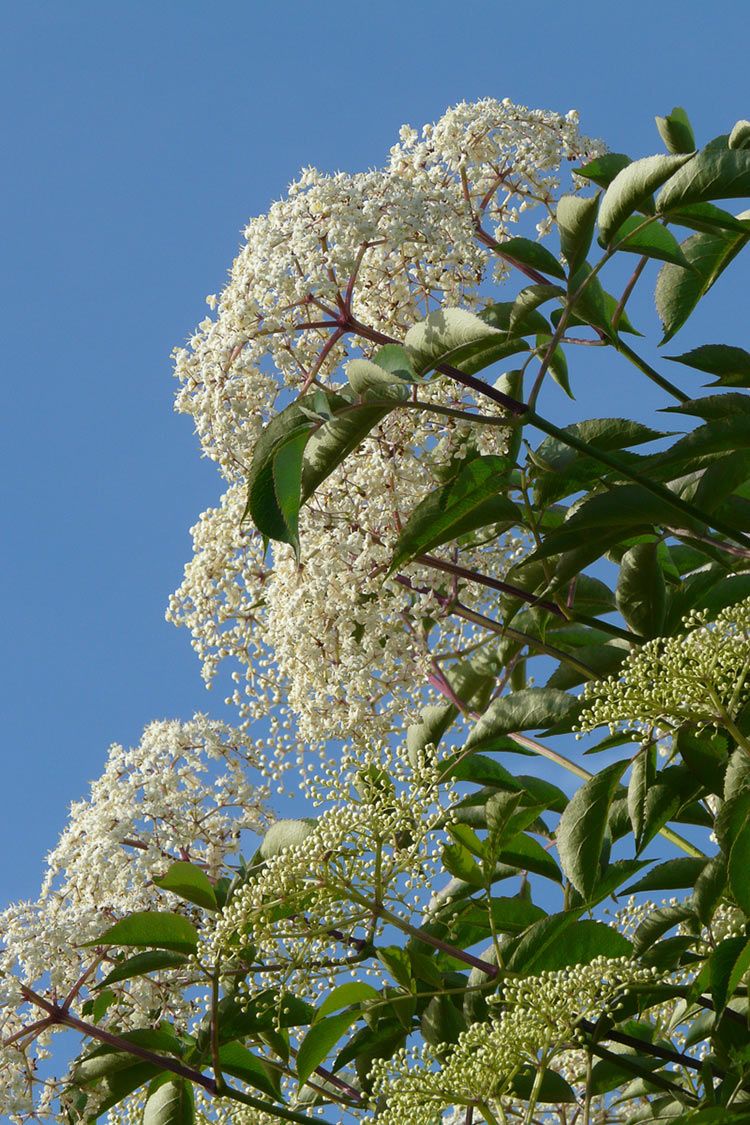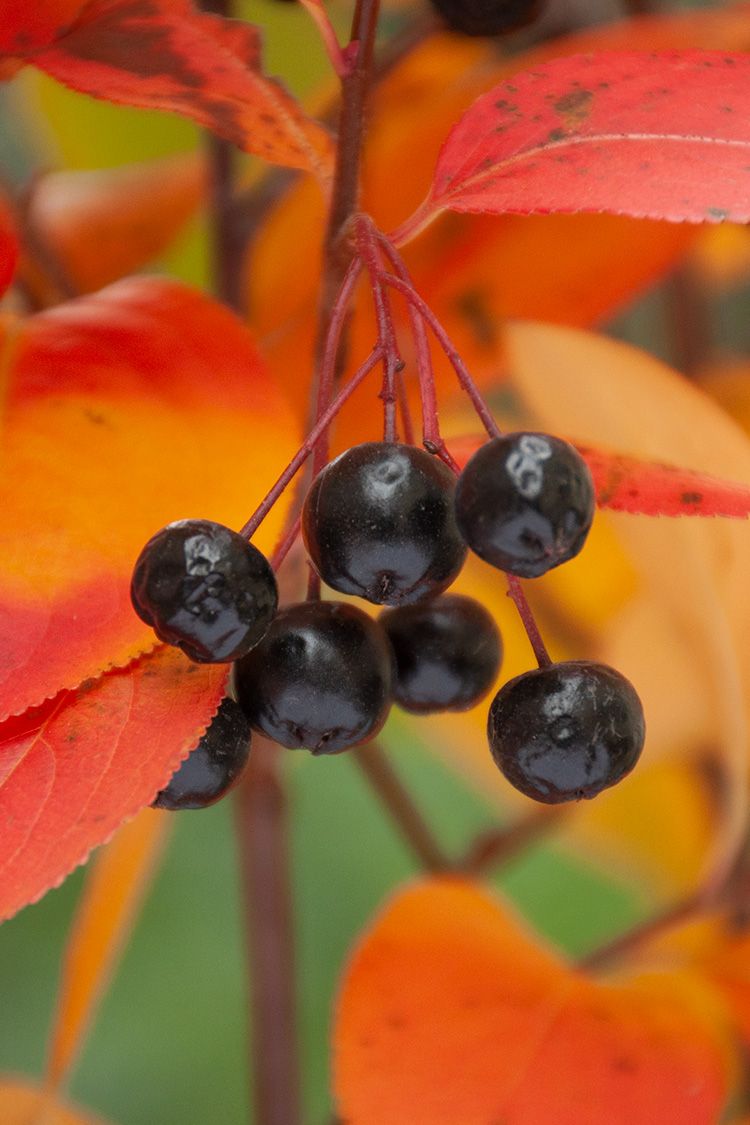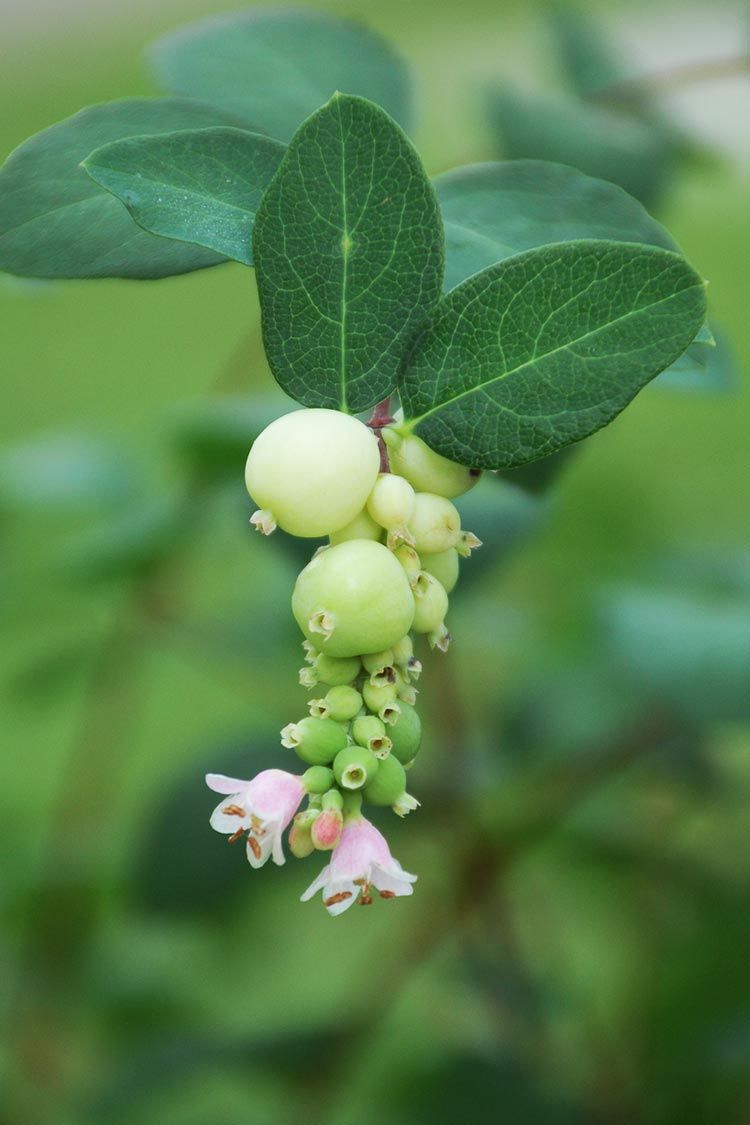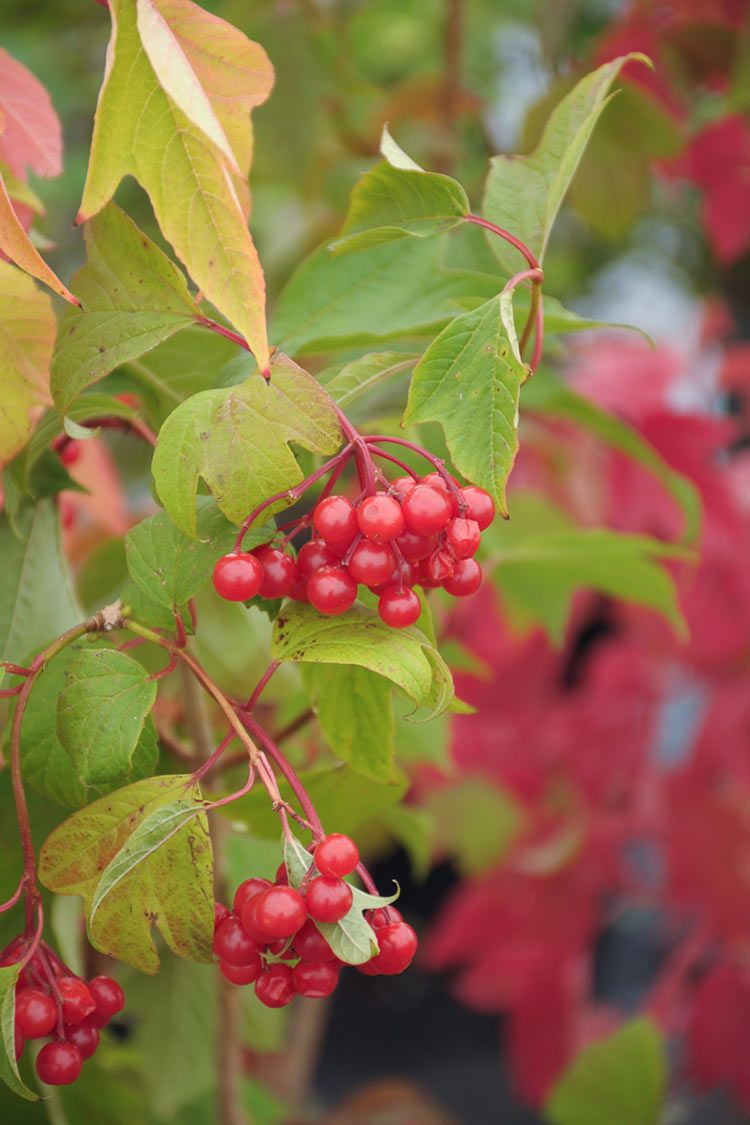Thimbleberry
Growing in large patches, Thimbleberry is a beautiful native shrub with prominent white blossoms and large star-shaped leaves that form a dense cover. The stems are thornless. Showy clusters of fragrant white flowers attract bumblebees and other pollinators …
| Soil Type | Clay, Loam, Sand |
|---|---|
| Soil Moisture | Dry, Medium, Moist |
| Sun Exposure | Full Sun, Partial, Shade |
| Height | 4' - 8' |
| Bloom Color | White |
| Bloom Time | May, June, July, Aug |
| Spacing | 4' - 8' |
| Zones | 3, 4, 5, 6, 7, 8, 9 |
| Root Type | Rhizome |
| Benefits | Birds, Pollinators, Host Plant |
Growing in large patches, Thimbleberry (Rubus parviflorus) is a beautiful shrub with prominent white blossoms and large star-shaped leaves that form a dense cover. The stems are thornless. Showy clusters of fragrant white flowers attract bumblebees and other pollinators. The edible berries that appear in mid to late summer are quite popular with the birds, and you'll be racing them to sample the bounty! The Leaves turn brilliant orange to maroon in fall.
Most commonly found on the margins of moist shaded forests, Thimbleberry grows easily in any rich medium-moist soil, but also tolerates drier and poorer conditions. It can handle brief seasonal flooding. Thimbleberry will grow in full shade, but the shrub will be more lush and bear more fruit when it receives more light.
Excellent uses and planting opportunities include informal hedges, bird and wildlife gardens, erosion control on steep hills and stream banks. Best grown in areas where it can naturalize and form a colony, Thimbleberry provides a valuable food source and cover for songbirds, game birds, and small mammals. It is a host plant for the Yellow-Banded Sphinx moth (Proserpinus flavofasciata).









